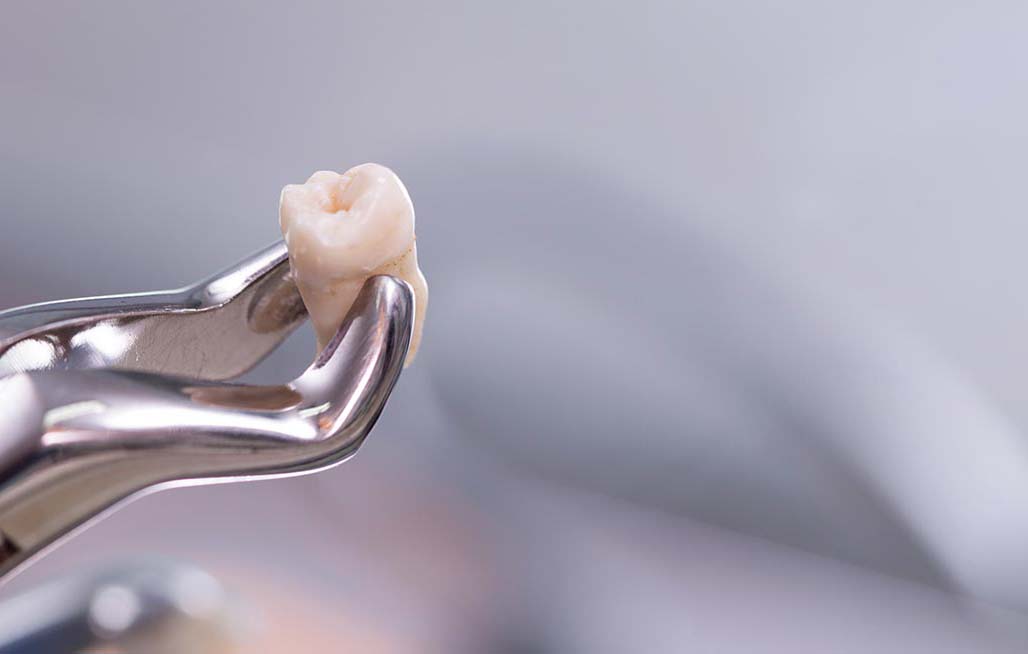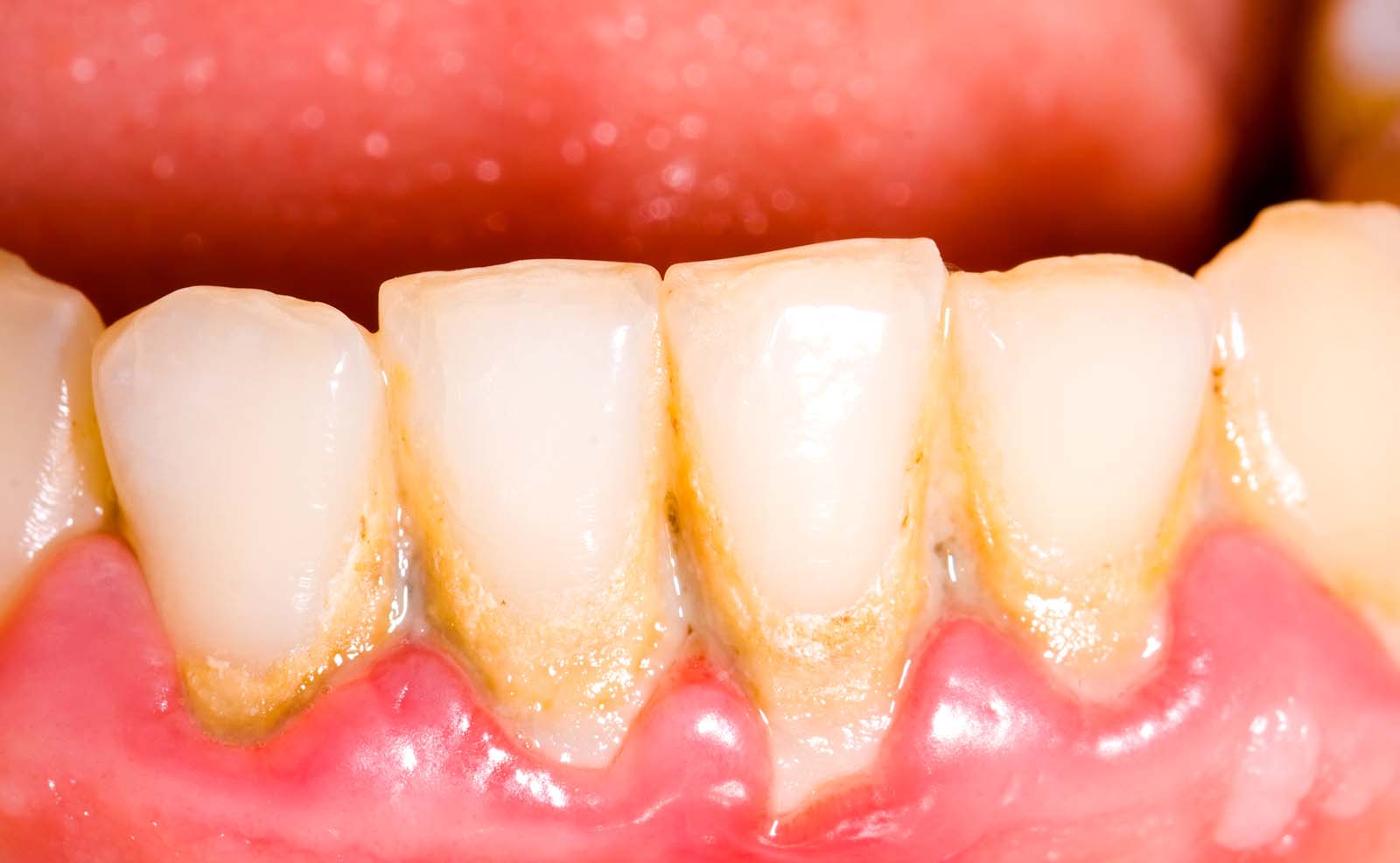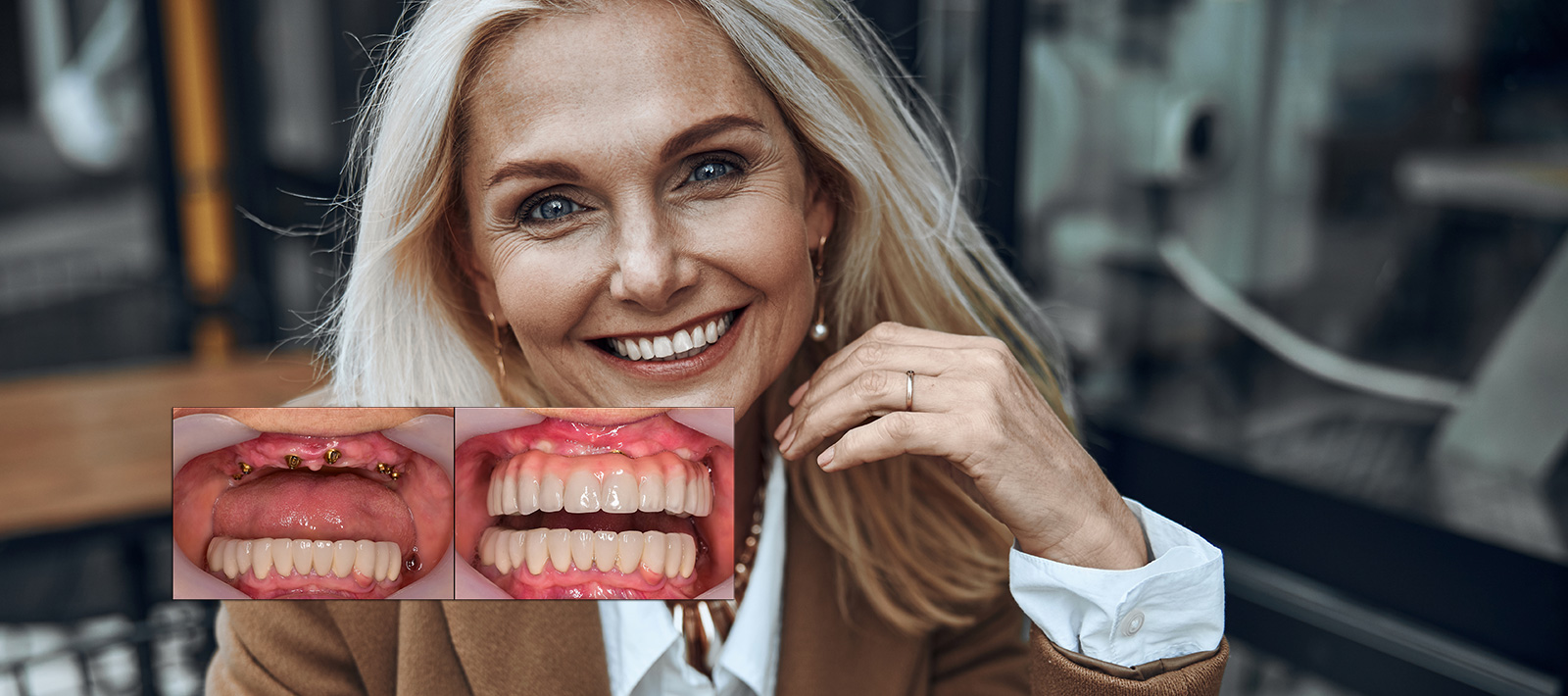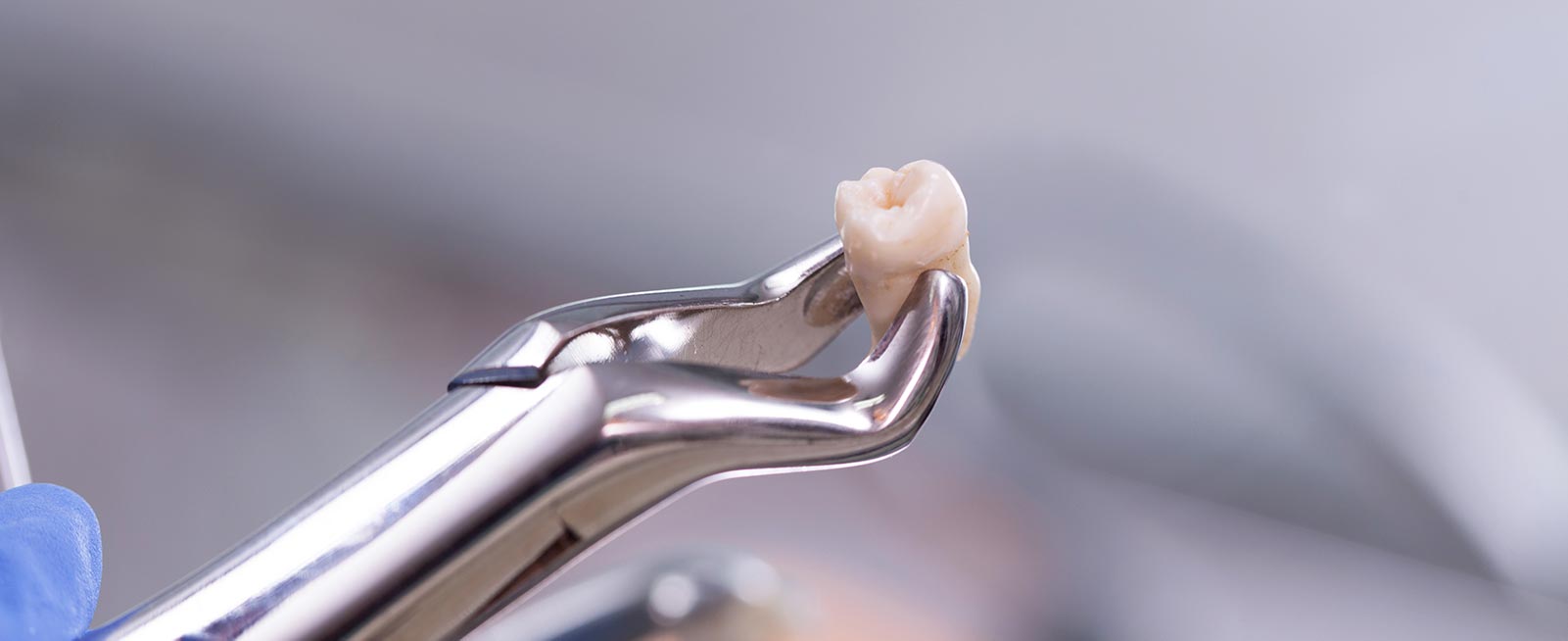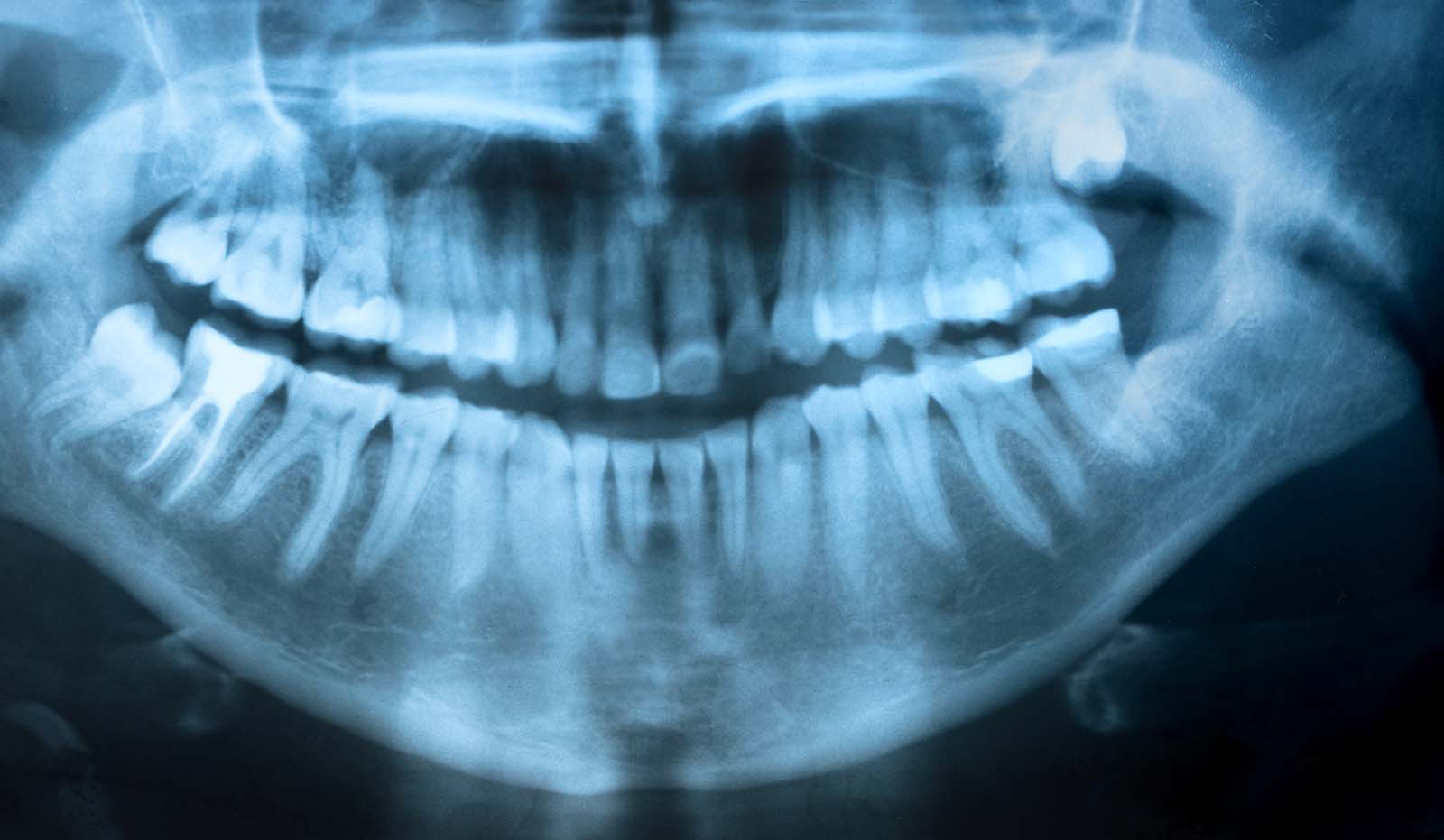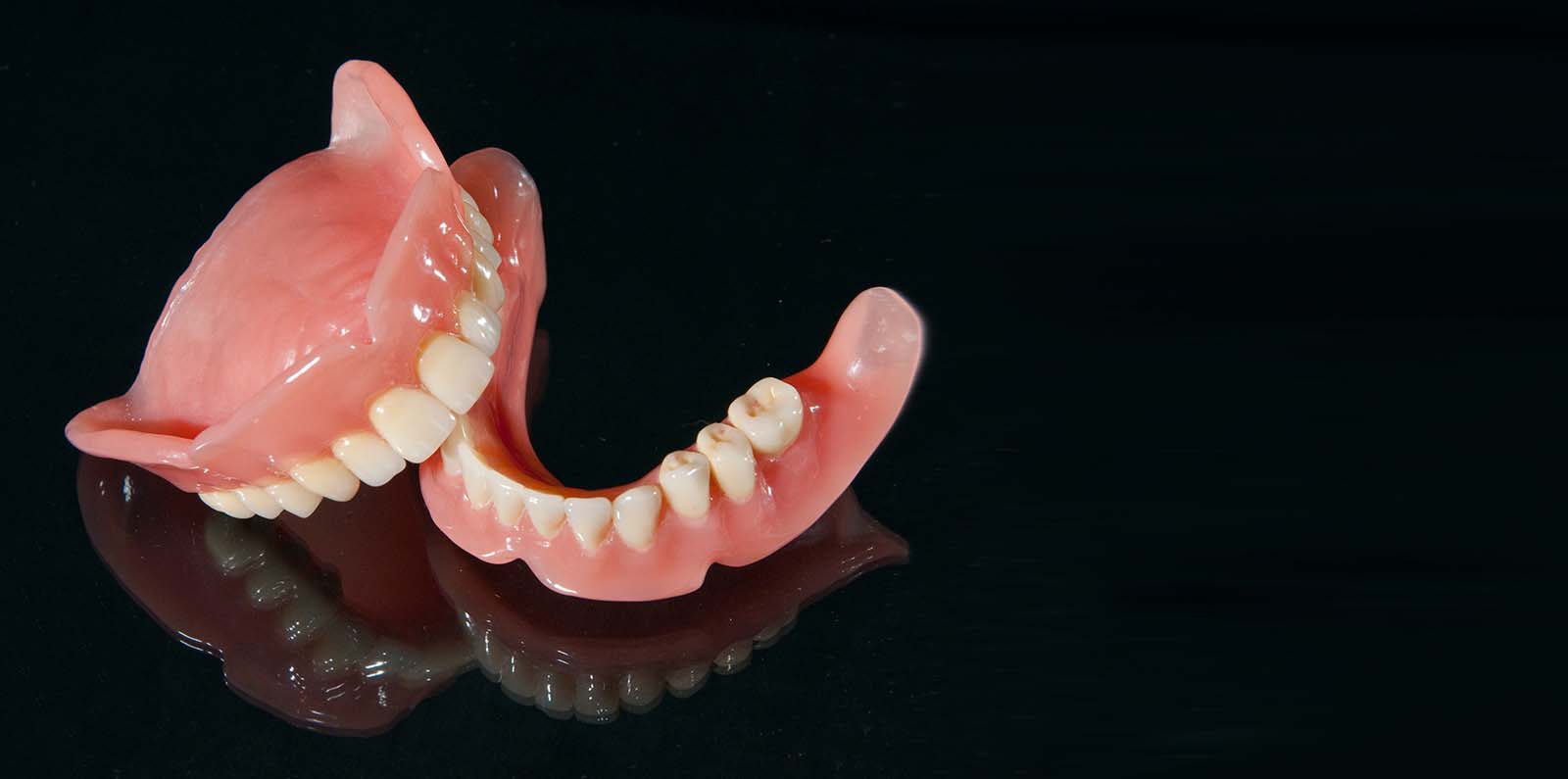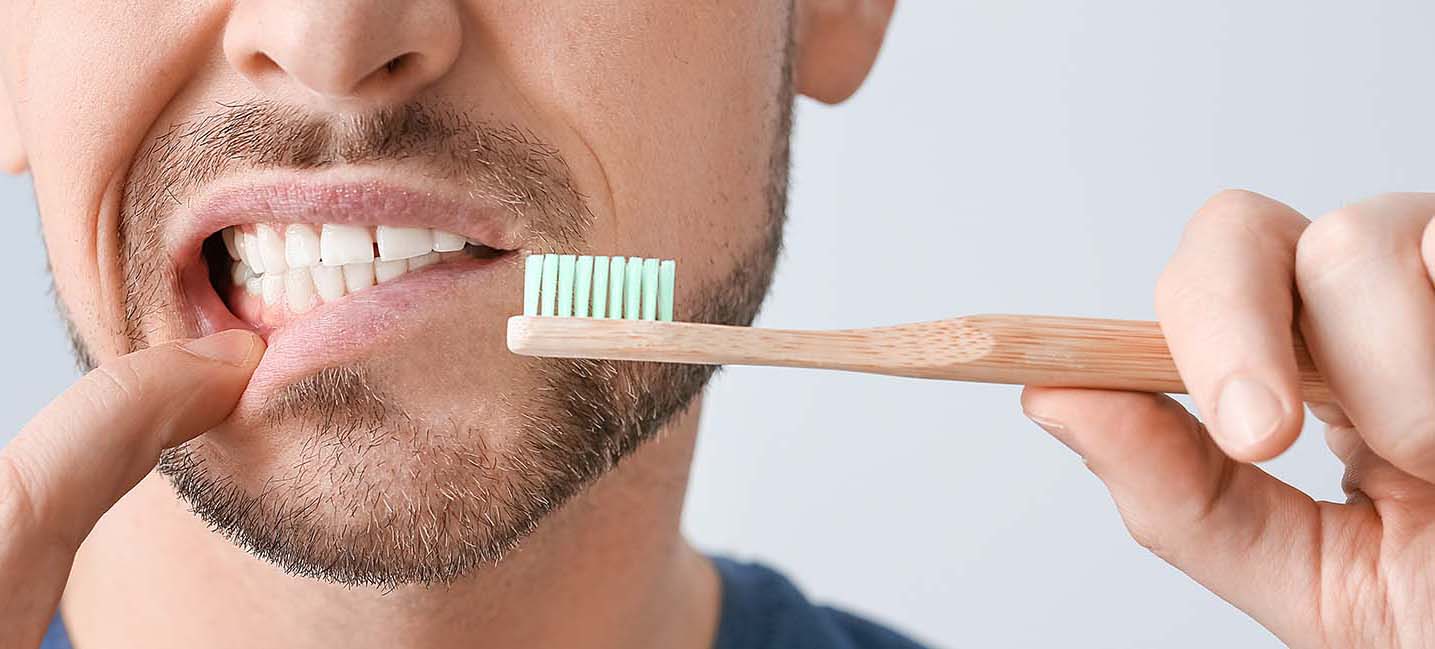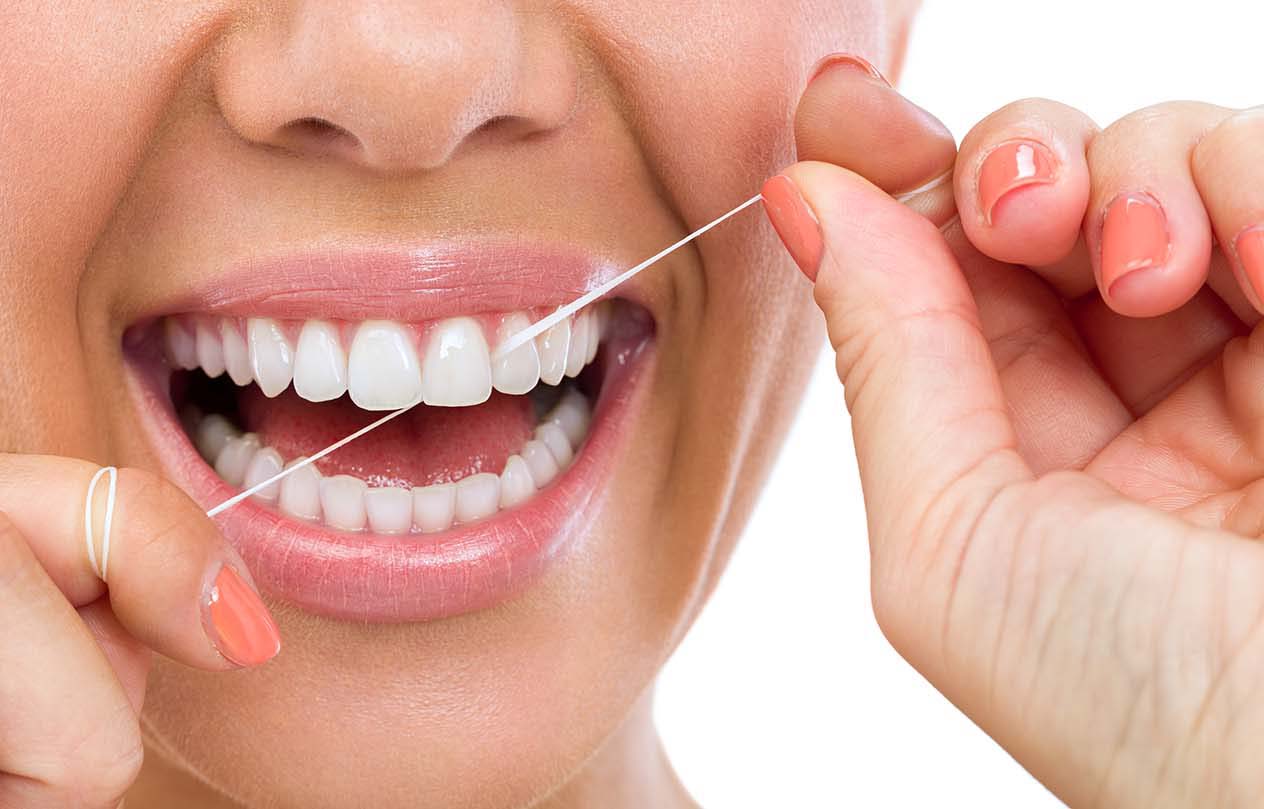The general plaque definition is a film that forms on your teeth. All people develop plaque, but when you brush your teeth regularly, it is not able to accumulate and result in tartar buildup on teeth. If you have plaque that has built up, seeing a Los Angeles dentist is important because they can remove it and help you to determine best methods to prevent further plaque on teeth.
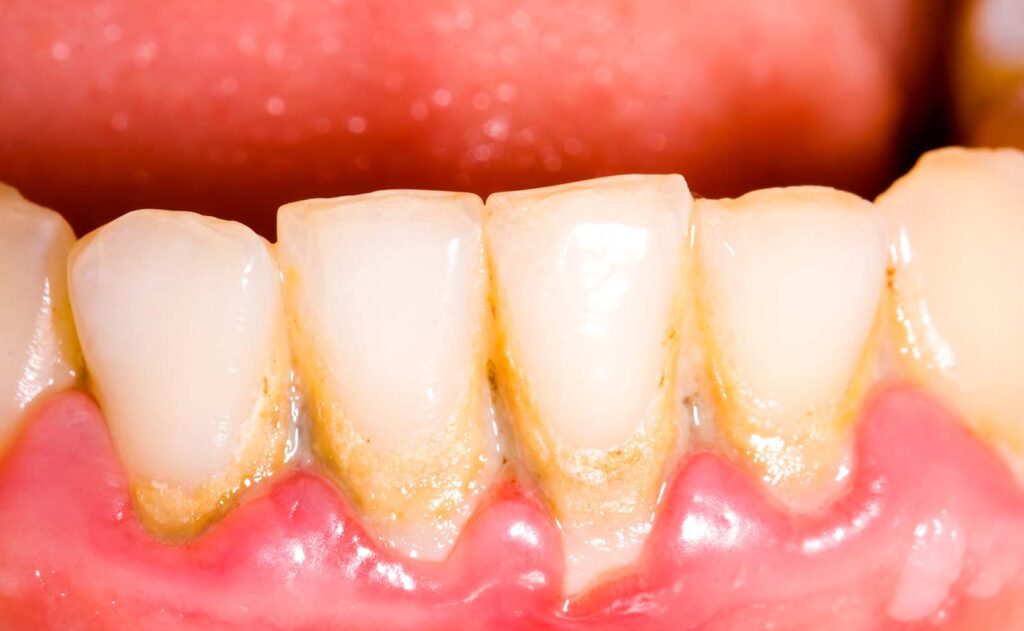
What is Plaque?
You now know the general plaque definition, but what everyone does not know is that it is constantly building up on your teeth. Within four to 12 hours of you last brushing your teeth, plaque begins to form. So, how does plaque form on teeth?
There is a wealth of bacteria in your mouth and it will start collect on your tooth’s surface. This accumulation often starts at the gumline and results in a bacterial film. When this bacteria starts to combine with sugar, acid production occurs. When you eat a lot of carbohydrate-rich foods, or those high in sugar, you are giving the bacteria something to feed on, allowing it to thrive and produce more plaque.
What is Tartar Buildup on Teeth?
Tartar is also called calculus. When you allow plaque to remain on your teeth, it starts to harden, and the hardened state is tartar. It starts to build up above and under the gumline. As tartar continues to build, it puts you at risk for gum disease and receding gums.
Difference Between Plaque and Tartar
Knowing the difference between plaque and tartar will help you understand why the right oral hygiene habits are critical for your overall health. This information will also help you to determine when it is time to talk to a dentist to get a professional cleaning.
Plaque
- Formation begins within hours after eating or brushing
- It has a sticky texture
- You can remove most plaque with flossing and brushing
- If you do not remove it, it becomes tartar
- It can be difficult to see, and is transparent to pale yellow in color
Tartar
- After several days, plaque can harden into tartar
- It has a hard mineral texture
- Your dentist has to remove tartar
- It contributes to gum disease and tooth decay
- It ranges in color from white to black
Causes of Plaque on Teeth
There is a diverse array of organisms and bacteria in your mouth due to breathing and what you consume. However, the ecosystem in your mouth typically stays within balance. When certain bacteria start to multiply faster, this can disrupt the balance and cause problems.
When you consume carbohydrates and sugar, the sugars are a source of food for the bacteria, resulting in acid production. This can result in various oral health issues, such as gingivitis and cavities. It is possible for plaque-related tooth decay to start below the gumline, which can result in a deterioration of tooth support.
Dental Plaque Symptoms
Your teeth may feel almost fluffy or softly rough when you have plaque on them. What does plaque look like? You may notice yellow plaque on teeth, or it can be transparent so that you cannot see it when you look in the mirror.
When tartar starts to form, it may resemble yellow plaque on teeth at first. However, you will notice that it is harder and has a rougher feel. You will usually notice it just above your gumline, but it can also develop below it where you cannot see it. Over time, the yellowish hue of tartar can become brown, especially if you smoke or eat and drink things that are dark in color.
Consequences of Dental Plaque
Cavities and gum disease are the two primary concerns when it comes to plaque. When you have a cavity, you may notice the following:
- Toothache that can come on suddenly without a clear cause
- When you heat cold or hot foods, or something sweet, mild to sharp pain can occur
- Tooth surface staining that is black or brown
- Tooth sensitivity
- Your teeth have visible pits or holes
- Discomfort when biting down
Gingivitis and other gum diseases may cause the following:
- Purple or bright red gums
- Foul-smelling breath
- Gum swelling
- Loose teeth
- Bleeding gums when flossing or brushing
- Pain when you are chewing
- Receding gums
- Toothache
Diagnosing Plaque on Teeth
Your dentist may perform one or two tests to see how much plaque is present on your teeth. For the first test, you will chew on a tablet that has a red pigment inside of it. Once the pigment releases, any areas with plaque present will have a red stain to make it obvious where cleaning needs to happen.
The second test uses ultraviolet light to identify areas of plaque. You start by swishing a fluorescent solution around your oral cavity and then you spit it out. Your dentist then has you use clean water to rinse. From here, they use a UV light to identify plaque since it will now be a yellow-orange color.
The UV light is more common since it does not leave any obvious stains on your teeth. It can also detect smaller amounts of plaque, making it more effective when you are removing as much excess plaque as possible from your mouth.
Treatment Options to Remove Plaque on Teeth
Teeth scaling is the most common option to remove plaque. In most cases, your dentist will use this procedure on specific areas of the mouth where standard cleaning is not enough to adequately remove the plaque buildup. Your dentist will start this procedure by numbing the area of your mouth where scaling will happen.
From here, they use a mixture of hand tools and ultrasonic scalers to remove the plaque. The ultrasonic devices have a tip that vibrates to help break up the tartar and plaque for easier removal. Once they separate from your teeth, a water jet washes them away. After using the ultrasonic device, your dentist will usually go back with hand tools to remove any build up that is still present.
Tips to Remove Tartar Buildup
Due to how hard tartar is, a regular toothbrushing is not enough to remove tartar at home. After a thorough teeth cleaning, your dentist will use scaling just like they do to remove plaque. After scaling, if there are rough spots on your teeth, root planing can help to smooth the root of your tooth so that the affected tooth reattaches to the gums.
Preventing Plaque and Tartar Buildup on Teeth
Preventing plaque and tartar accumulation is something that you have to work toward daily. The following are important to reduce tartar and plaque on your teeth:
- At least twice daily, make sure to brush your teeth thoroughly
- At least once daily, floss your teeth, making sure to get all the way down in between all of your teeth
- See your dentist every six months for regular cleanings
- Reduce how many starchy and sugary drinks and foods you consume
- Use a toothpaste that helps to control tartar
- Use a mouthwash that does not contain alcohol and has antibacterial properties
- Do not use tobacco
Average Cost of Plaque Removal
The average cost for removing plaque is $120. Throughout the US, the range is $93 to $165. These fees include scaling and cleaning which work to remove both plaque and tartar. If tartar buildup is extensive or if gum disease is present, additional cleaning might be necessary which would increase the total costs.
Outlook for Plaque and Tartar Buildup on Teeth
Plaque will start forming in your mouth each day. The key is to practice good oral hygiene and watch your diet so that you can remove it quickly and not allow it to accumulate. When you keep plaque formation in check, you are significantly reducing your risk of tartar buildup too. In addition, see your dentist on a regular schedule for more extensive cleanings and to see if there is plaque accumulating in places that are hard to clean.
Keeping plaque on teeth at bay is something that you have to work on every day. It is imperative to have a good dental hygiene routine so that you do not have to worry about plaque and tartar buildup on teeth. In addition, you should see your dentist about every six months to keep up with your cleanings and examinations. Call Southland Dental Care today to get a consultation and learn more about your oral health.





